Articles by Ollie Burrows
-

21 Discount Methods to Increase Your eCommerce Sales
Added on 25 Feb 2025
While the thought of making less money by offering discounts to your customers may not appear to be the best business decision, it can actually help your company grow and improve sales if they are used correctly. Having sales in your store is a great way to move along old stock, but offering discounts via coupons can help you not only keep track of what marketing methods are more effective, but also give your customers more flexibility when browsing your store and still get a great deal.
Read this article -

13 Styles of Meta Ad Creative to Use for Your Brand
Added on 25 Feb 2025
When you start planning your Facebook ad campaigns and working on creatives, there are a variety of styles you can choose from. Whether it's something simple that you can do in house, or something that you will have to hire external creators to produce, deciding which styles will work best for your campaign can be a tough decision. In an ideal world you will want to try multiple styles to test which work best for you, but if you are short on time and budget, we have broken down some of the common styles to help you decide which you want to go ahead with on your campaign.
Read this article -
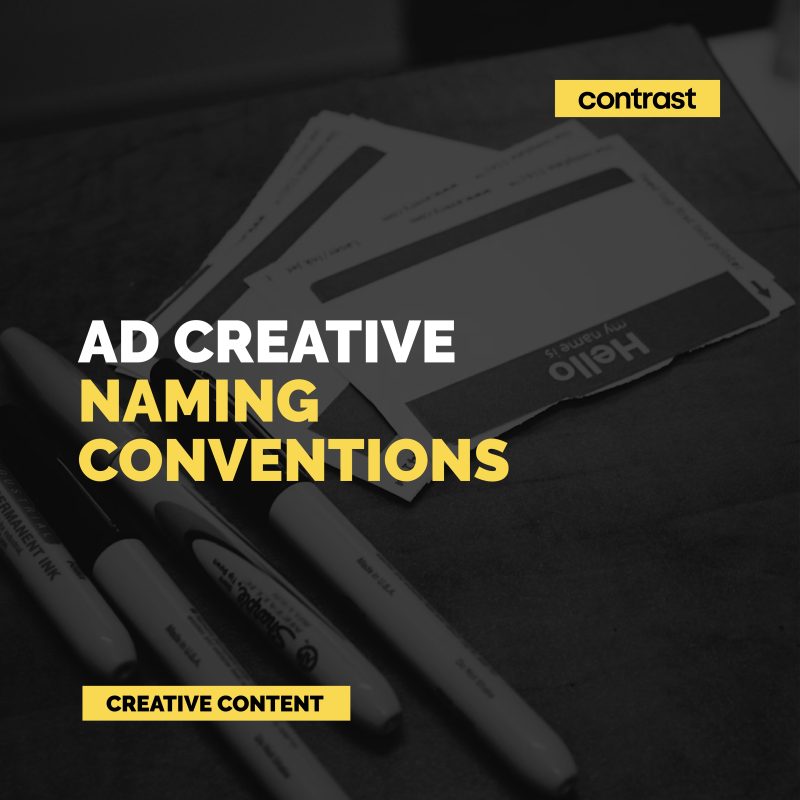
The Importance of Naming Conventions for Ad Creative
Added on 25 Feb 2025
Any creative has had the self imposed problem before of not naming a file correctly and then struggling to find it at a later date. While naming a file ‘ad12_v2.jpg’ might make sense at the time for what you are working on, when you need to find that file later, it can take some time for you to find it. That is why using a well structured naming convention is essential when you are producing creatives for social advertising, not just to help you, but to make it easier to work amongst your team.
Read this article -
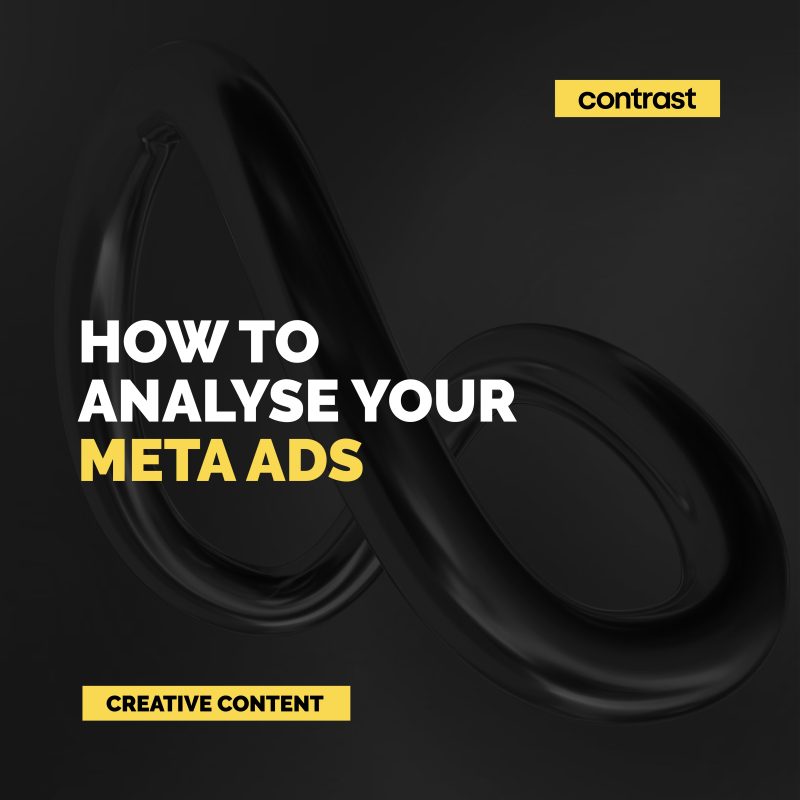
How to Analyse Your Meta Ads
Added on 25 Feb 2025
When you are creating hundreds or thousands of ad creatives, it is important to keep track of what is working in converting customers or clients, and how you can use this going forward. While you can look at the main metrics such as nCPA and purchases to see if an ad is performing well, you will need to analyse deeper - what exactly is in the ad that is working well? To do this you will want to look at many other metrics in your dashboard, as well as looking at what is in your ad that could be working with your audience. In this blog, we will explain the best way to organise your Meta dashboard, how to analyse your ads, and what to do with this information.
Read this article -

The Importance of Using Offers on Your Landing Pages
Added on 20 Aug 2024
When creating a landing page and using paid social ads to divert traffic towards it, you want to make sure that you are converting as many customers as possible, and using a compelling offer can be the difference in your success rate.
Landing pages are used to sell a specific product, offer or service to a customer from an external link, with the content aimed at converting that specific customer into a paying customer. To achieve this, you want to give the customer a reason for purchasing from you. If they are on the landing page, you have already piqued their interest enough for them to click on the ad, so make sure that your offer and landing page are enticing enough to convert the sale.
Read this article -

How to structure your landing pages to increase conversion
Added on 8 Jan 2024
If you are looking to sell a specific product, then a landing page can be a great way to provide all the information a potential customer could need, all in one place. Landing pages are used to connect customers to your site from an external link, whether it be a social ad, promotion or newsletter.
Read this article -
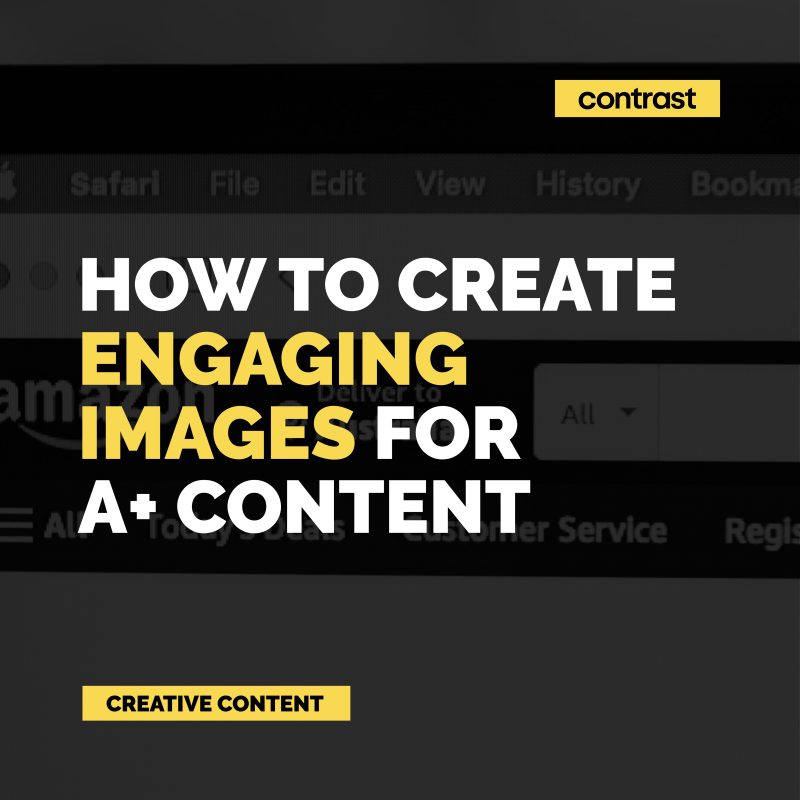
How To Create Engaging Images for A+ Content
Added on 12 Dec 2023
When shopping on Amazon, you are first greeted with a series of product images, the price, product name and a brief description. This is the standard content formatting that applies to all products that are listed on the site. But scroll further down the page, and you are likely to see a lot more information, often stylised to match the brand, and showcasing the products in more images, diagrams and detailed descriptions.
Read this article -
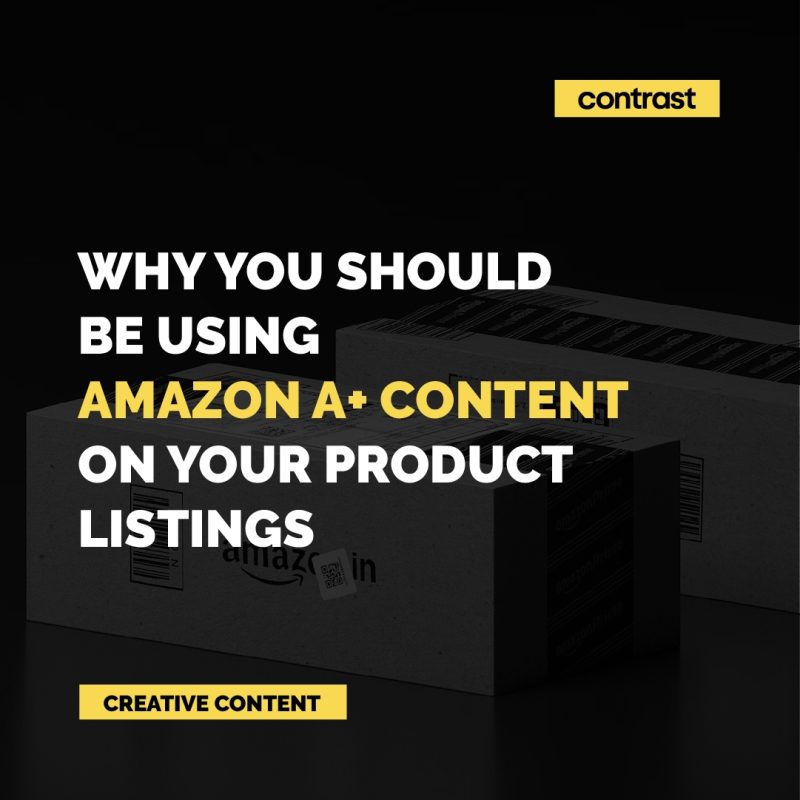
Why You Should Be Using Amazon's A+ Content On Your Product Listings
Added on 26 Oct 2023
With brick and mortar stores becoming more of a rarity, most consumers head to the internet to complete their purchases, and the place they are likely to head to first is Amazon. With nearly 2 million small and medium sized businesses worldwide selling on Amazon, you need to make sure that your product listings stands out from the rest.
You need to convince potential customers that your products and service is better than all the others you are competing with, and the easiest way to boost your listings is by utilising A+ Content.
Read this article -
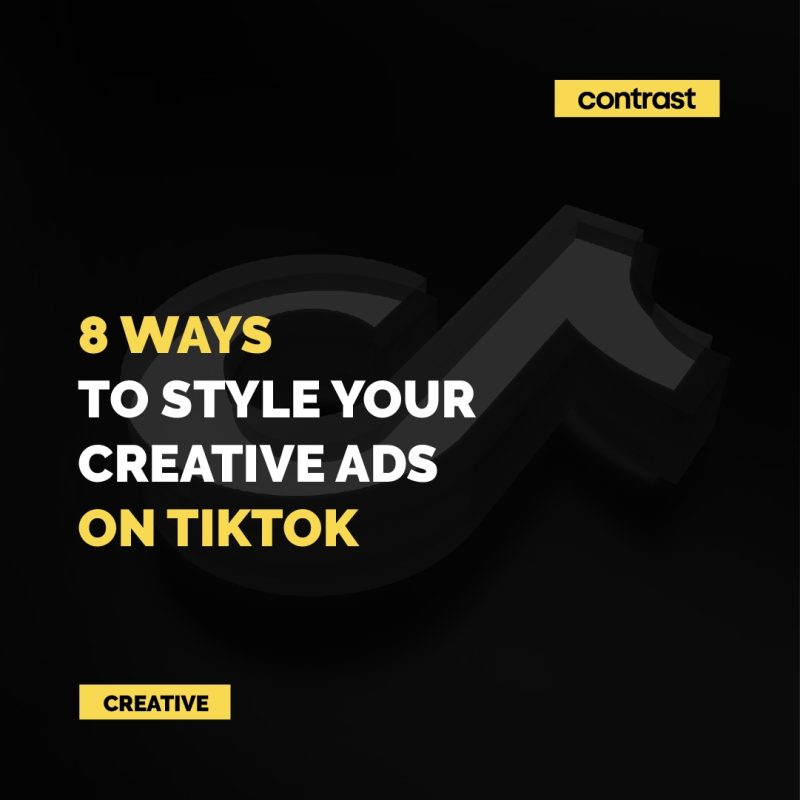
8 Ways to Style Your Creative Ads on TikTok
Updated on 14 Jul 2023
When you are looking to start marketing your products or brand, social media is one of the most effective ways to get your products seen by potential customers. Whilst Google ads can help promote your product to customers who are searching for it, social media can put your product in the feeds of people who might not even know they need it, or have even heard of it.
Read this article -

How to film professional testimonial videos
Added on 9 Apr 2021
The same way that people read product reviews before buying a product, they also watch testimonial videos to know what other customers think of your products or services. This gives them an understanding of the value of your company in the eyes of your customers, and whether they should trust purchasing from you.
In this article we will cover how to prepare for your testimonial, what you need to do to record it, what to do to make sure the shoot is successful and how to edit it into an interesting narrative that grabs the audience's attention, and hopefully helps boost your sales.
Read this article -

How to create ads that return a positive ROAS
Added on 3 Mar 2021
When producing your videos, you need to not only make sure that the content you are creating is relevant to your audience and effective at converting potential customers, but also that the amount of money you are spending on your ad is worth the revenue that you are generating. For this we will look at simple rules you can follow to improve your content, and how to get the most out of your investment, by boosting your return on ad spend (ROAS).
Read this article -

10 Essential Ways to Optimise your YouTube SEO
Updated on 8 Oct 2020
Get the right strategy for your video content, and it can be instrumental in improving brand awareness, generating inbound leads, and building trust with your potential clients. Videos can not only be used to promote a service or product, they can also be used to answer common questions asked by your customers, product demos or how to guides.
Read this article -

Royalty Free Stock Photos of Nottingham
Updated on 8 Oct 2020
We’ve all been there. You’ve spent a lot of time crafting the perfect blog post to share with the public, but now you need an image to accompany your post.
You can either head to Shutterstock or iStock and have to fork out anywhere between £10-50 per image, or you can head to the free stock sites such as Unsplash or Pexels.
Read this article